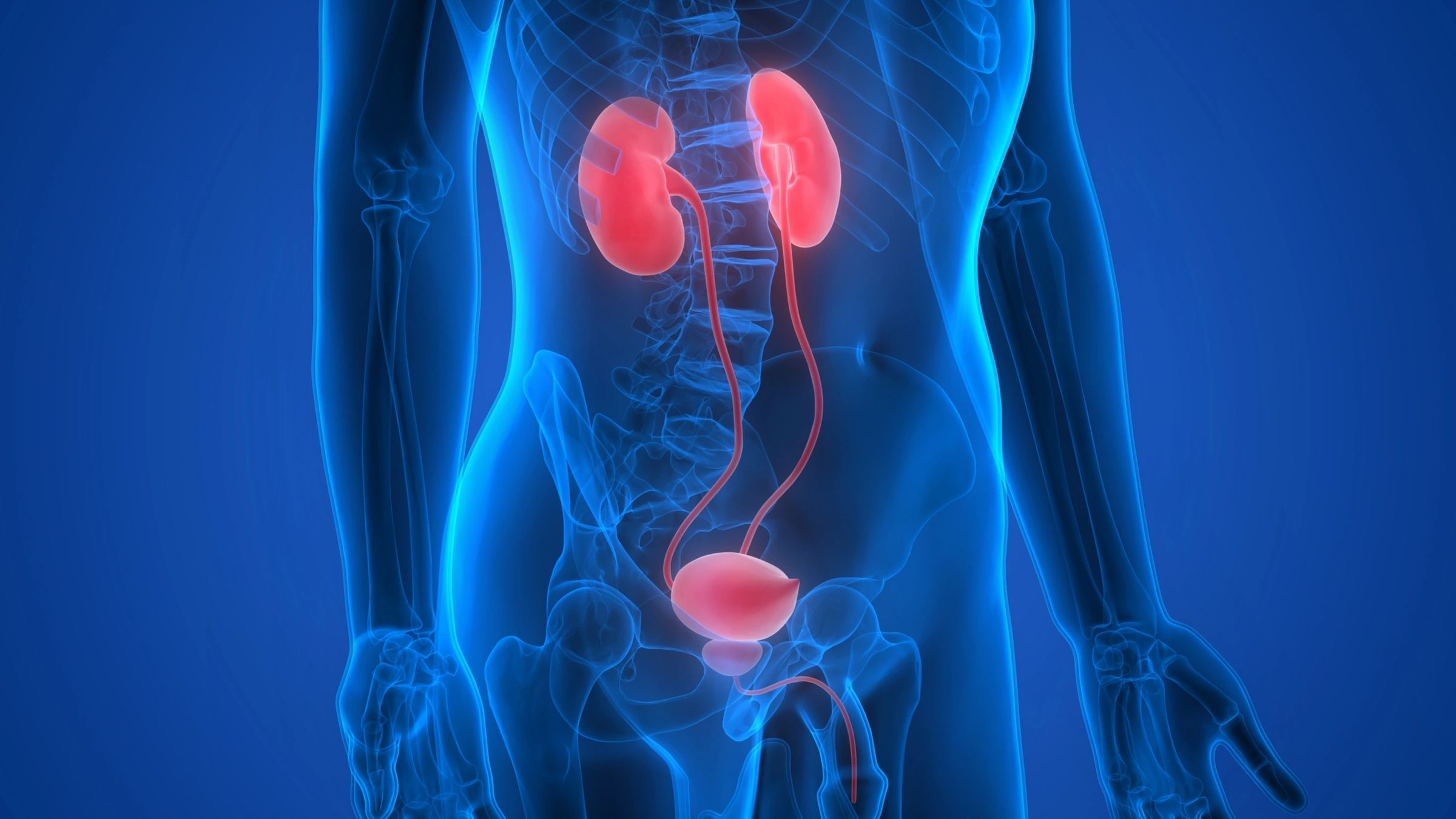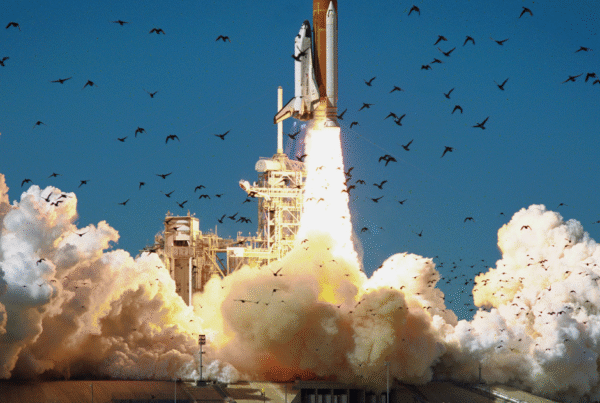
Alex Dunlap, DVM, MD – Chief Health and Safety Officer – SolaMed Solutions
What was your role at NASA? What did you do and for how long?
I was introduced to NASA as a veterinary student during an internship in my senior year. I conducted research studies for the Space Life Sciences directorate at NASA which included a big payload that involved a significant amount of animal research. After I graduated from veterinary school, NASA contacted me about coming on board to support that spaceflight. I was able to do it and work with a large number of space flight researchers. Following that experience, I continued to support various flights as a support scientist and veterinarian. In 1996, I was selected to be a Payload Specialist candidate for NeuroLab which was another space lab research mission. NASA selected 4 candidates. We knew that two would fly and the other 2 would be alternates. As an alternate, I did not get to fly, but I did all the training. In 1998, I finished my medical school residency. In 2000, I was asked to serve as NASA’s Chief Veterinarian. I served in that capacity for 16 years (2001 to 2017).
Why did you choose to be a physician and veterinarian and how did that impact your work at NASA and in the private sector/commercial space sector?
I think it was mainly a combination of interests between being interested in medicine, veterinary medicine, and the space program. I was fortunate enough to combine all of those interests into a career primarily for NASA. I advised on one commercial space flight as a biosafety officer for Blue Origin. I am now excited to join SolaMed Solutions in a similar capacity. Basically, my career path is a culmination of interests, and I figured out how to make it all work together.
I was interested in both fields of study as an undergraduate. I first elected to go to veterinary school. I didn’t plan on doing both until I finished veterinary school and worked for a few years. I wanted to expand my knowledge and go to medical school and the two augmented each other. NASA provided a unique opportunity which allowed me to use both of those degrees. I don’t really separate the two disciplines when I’m thinking about a particular problem or case at all, especially as an ER physician where patients at times can’t communicate with staff.
What were your experiences with Zero G flights and how did that influence your work with NASA and the commercial space program?
I flew on 10 parabolic flights which conducted 40 parabolas for each flight, summing up to 400 parabolas which was 3.5 hours of weightlessness on those airplanes. It was great because it allowed us to practice doing experiments and using equipment which would be deployed in space. These flights provided a simulated weightlessness environment.
What is the biggest challenge you have faced in your career so far?
The biggest challenge is the time it takes to get an experiment in orbit. On Earth, you can conduct experiments in a lab and repeat them many times. With spaceflight research, you have to wait for years–those few opportunities to get your experiment manifested on a spaceflight. Commercial spaceflight speeds this up by bringing the cost down and enables researchers to fly quicker and more often as opposed to waiting several years. That’s one of the huge benefits of commercial spaceflight–the economics of being able to fly sooner and, hopefully, more often. You can repeat your experiments on the same platform that you wouldn’t be able to do on a previous space shuttle mission or on the International Space Station.
What was the most exciting moment in your career so far?
The most exciting experience was going out on the launch pad. I was selected to escort one of our payloads. I was in awe of the rocket sitting on the launch pad. I was able to go into the launch tower and ride nearly up to the door to deliver the payload. I was just amazed by the whole experience, especially the rocket. The entire training process as a crew member was incredibly exciting and fulfilling!





